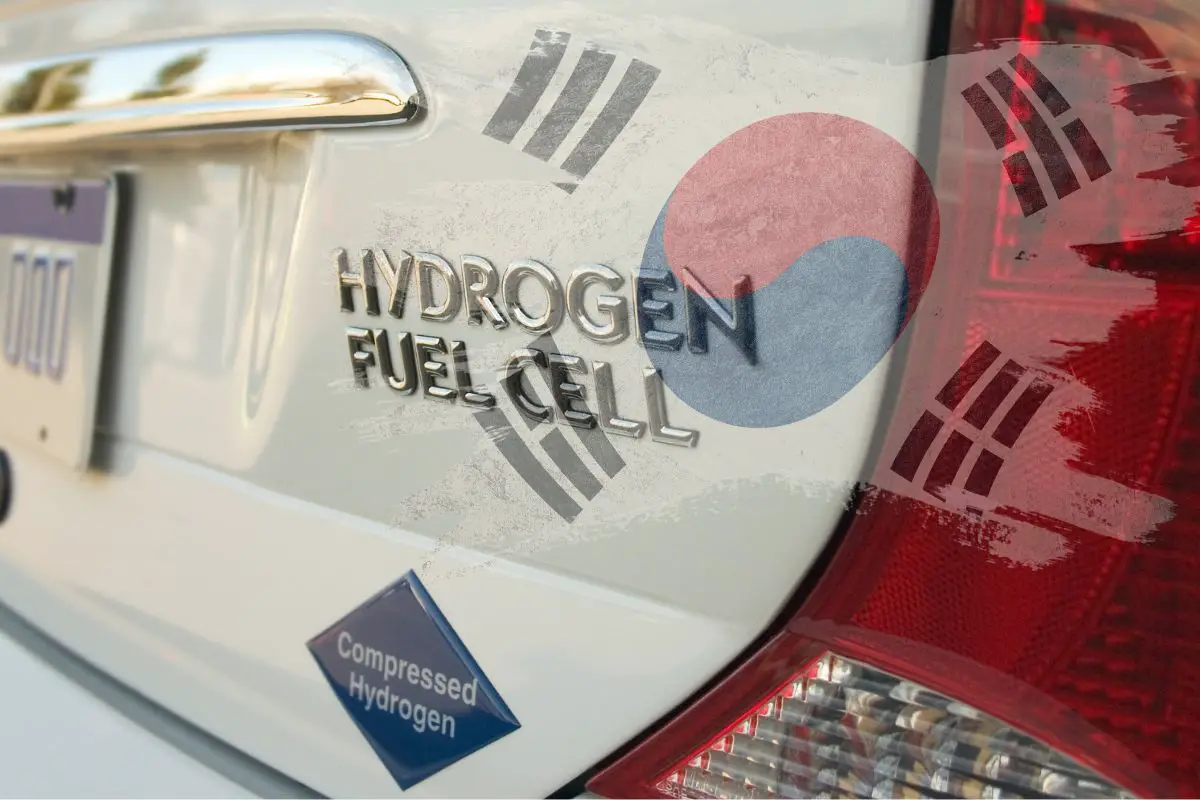
Korea’s national hydrogen refueling network has been declining for years
April 12, 2024Data recently released by an auto association said the H2 station infrastructure is drooping.
The hydrogen refueling infrastructure throughout South Korea, and which has been used by fuel cell vehicle drivers, has been declining for the last three years, according to a local automobile association.
The number of stations is still growing, but more slowly
In March 2024, the number of hydrogen refueling stations in South Korea had climbed to 203. This was an increase from the figure from three years before, at which time there had been 180 stations in the country. That said, while there was an increase, it was certainly not a substantial one across those three years.
According to the Korea Automobile & Mobility Association (KAMA), the slow growth is an indication of the scarcity of locations in which H2 car drivers can fuel up.
More H2 vehicle owners than hydrogen refueling locations
During that same span of time, the number of registered H2 cars in South Korea has continued to rise. This has occurred far more rapidly than the growth of the fueling station network, said KAMA.
From March 2021 through March 2024, the number of registrations for fuel cell vehicles powered by H2 has risen from 12,439 to 34,872 units in the country. Within that same span of time, the number of vehicles per publicly available stations for refueling those H2-powered vehicles spiked from 69 to 172.
Some areas are better served than others
Among local provinces and cities in South Korea, it was Sejong, a city located 113 kilometers (70 miles) south of Seoul, experienced the greatest decline in its infrastructure in terms of keeping up with demand from drivers. In that city, the number of hydrogen cars per station exploded from 53 in March 2021, to 224 last month, said the association.

On the other hand, Gangwon Province has seen the greatest improvement to its hydrogen refueling station infrastructure. There, the number of H2 vehicles per publicly available station fell from 484 three years ago to 226 last month.
Finding the balance
 With technology as relatively new as fuel cell vehicles, it can be a challenge to know exactly where the demand will be and how great it will be. The goal is to ensure that the right investments are being made to balance the number of stations to meet the demand from the growing number of H2 vehicles.
With technology as relatively new as fuel cell vehicles, it can be a challenge to know exactly where the demand will be and how great it will be. The goal is to ensure that the right investments are being made to balance the number of stations to meet the demand from the growing number of H2 vehicles.
Ready to test your knowledge on the most abundant element in the universe? Take our fun and engaging Hydrogen Quiz now! [forminator_quiz id=”58712″]



 With over 15 years of reporting hydrogen news, we are your premier source for the latest updates and insights in hydrogen and renewable energy.
With over 15 years of reporting hydrogen news, we are your premier source for the latest updates and insights in hydrogen and renewable energy.